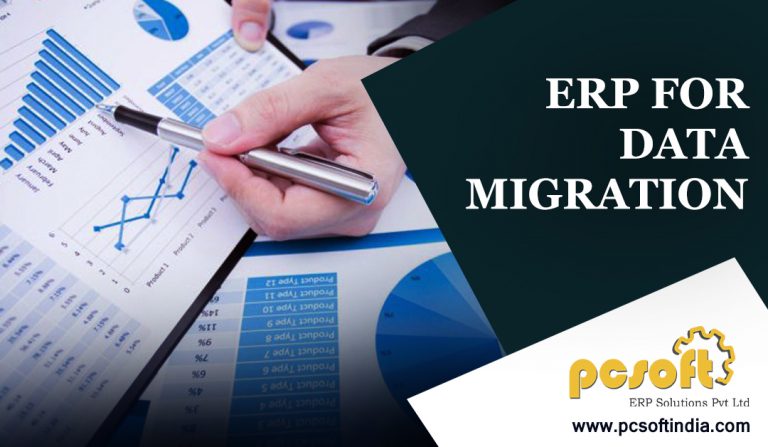ERP execution is a multi-layered, entangled undertaking that necessities precisely arranged and oversaw. One of the critical layers is the piece of relocating your information to the new ERP framework. Information relocation is the way toward arranging, rebuilding, replicating, and moving information from your old ERP frameworks to your new arrangement. Numerous organizations wrongly assign next to no significance to this fundamental errand. Thus, they either wind up scrambling ultimately to determine information show issues or wind up with a disappointing chaos of a usage inside and out.
There are, in any case, steps you can take that will enable you to ensure the ERP information movement process continues without glitches and in as short a time span as would be prudent.
1. Break down the information movement venture
Breaking down your information path in front of the real relocation is a significant advance. You realize that your business manages various types of information:
Ace information – the center information that is basic for the activity of your business forms. It is a reliable arrangement of characteristics and identifiers that depicts the distinctive elements of your organization, e.g. clients, items, providers, outline of records, and so on.
Verifiable information – gathered information that is more than two years of age.
Live/current information – the greater part of your ongoing value-based information.
So before you let your merchant set out on information relocation, you firs need to settle on a few choices about these sorts of information. You need to characterize things like which recorded information must be relocated to the new framework, what information must be moved to begin with, which will be moved after or near the go-live date, the level of access to clients of the information, and so forth.
This can be a dubious and entangled process. In the event that your representatives had been contributing information into your heritage framework utilizing institutionalized process from the start, at that point that is awesome news. Assuming, in any case, eventually they had made their own particular manners of information section, it might open the way to a radical new arrangement of entanglements.
In this way you can’t neglect the arranging and strategizing bit of the information movement process, on the off chance that you would prefer not to be hit with upsetting and baffling entanglements.
2. Audit your information and procedures
Before relocating your information from your heritage framework to another ERP framework, you need to do some spring cleaning. Survey every one of your information and settle on its quality. This is the ideal chance to reexamine or reassess the approaches to record new information. You may likewise need to consider changing your procedures and approach your new ERP seller for proposals – perhaps there is opportunity to get better.
Likewise, you need to evaluate whether you really require every one of that information in the new framework. This is an ideal opportunity to tidy up unessential data, mistaken information, or copy content.
At last, you ought to have composed, reliable information classes prepared to be relocated to the new framework.
3. Allot the perfect individuals
Beside ensuring that your merchant is totally advised with data about your information before they start the movement procedure, one basic achievement factor for this task is doling out an in-house group or worker that will lead the procedure.
In a perfect world, these individuals ought to be long-term organization representatives who are knowledgeable in the organization foundation and its history with heritage frameworks. They can surf your organization to extricate the quintessence and wellspring of the information from the fundamental learning specialists and arrange that information into organized diagrams.
You, thus, will rest guaranteed that you have confided in individuals that will make a point to continue pushing the information relocation venture forward until the point that everything is effectively gone into the new framework.
4. Keep in mind that time is of the embodiment
The way you outline your information relocation process is significant. You ought to have an obviously characterized course of events that mirrors the kinds of information, the measure of information, the important changes to be made, and so forth. Do make a point to likewise have alternate courses of action for delays – unexpected issues will probably emerge than not.
5. Test and fix issues, if necessary
With a specific end goal to ensure everything goes effectively and as indicated by design, an extraordinary tip to recollect is to first test a little measure of information to ensure it stacks accurately in your new ERP framework. You would then be able to build the measure of information transferred and the recurrence, to check how the new arrangement is dealing with it.
Your key clients should then take the new framework for a test drive – mimicking their every day business procedures and running thorough tests on the framework
This is a key advance in getting issues and handling them at an opportune time.
Last Words
Changing to another ERP framework is never simple, and information movement is one of the more confused parts of the procedure. Preparing and characterizing a procedure for the procedure will spare you a cerebral pain later on.
PC Soft India Provides ERP Software for all types of indusrties like manufacturing industry, retail industry, automobile industry and many more industries.



